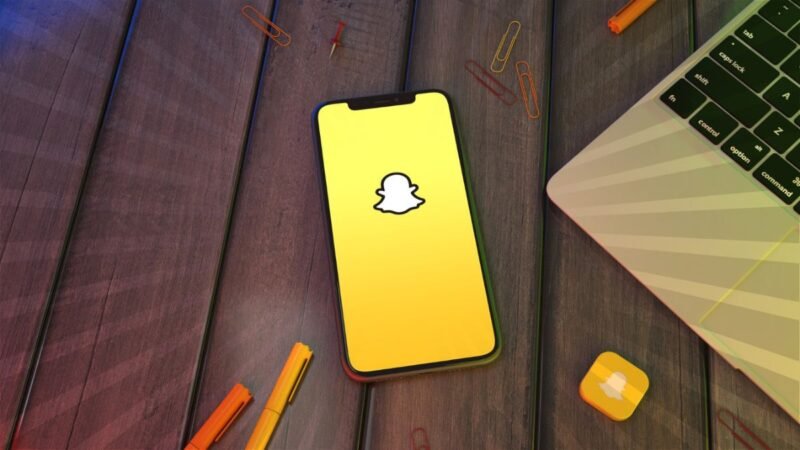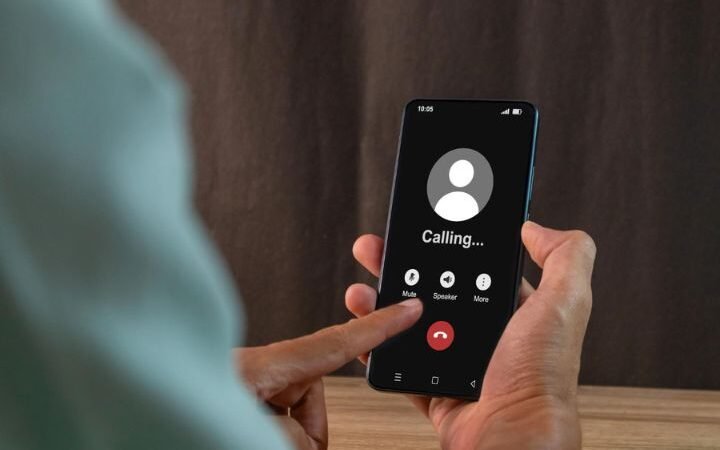What Is Inbound Marketing?

Do you know what Inbound Marketing is? If you have got this far, it is because you have heard of content marketing within digital marketing, and you are considering taking a less intrusive strategy. For this reason, we are going to know what Inbound Marketing or Attraction Marketing is and how to prepare a strategy that works.
What Is Inbound Marketing Or Attraction Marketing
Inbound Marketing or marketing attraction constitutes a set of techniques that allow us to reach our customers and our potential buyer person in a non-intrusive way. It is a strategy that attract customers with useful, relevant, and valuable content. In this way, potential customers find your company through different channels such as social networks, blogs, among others. Undoubtedly, this non-intrusion is the key to the definition of inbound marketing and what contributes to the differential factor compared to traditional advertising.
Stages In Inbound Marketing
Mainly Inbound Marketing is based on three stages.
1. Attract
First, we need to generate traffic. For this, we need resources such as content marketing, SEO techniques, social networks, among others. It is very important to create strategic planning to achieve good results. The idea is to increase the number of visitors.
2. Convert
Once we have already managed to attract visitors, we need them to become leads, that is, contacts with whom a long-term relationship can be maintained. For this, it is important to respond to messages, offer relevant content, among others.
3. Loyalty
With the database created, you must manage the records. You must automate your inbound marketing so that each lead receives specific information and has just become a customer. In this phase, the customer must be kept satisfied.
Attraction Marketing Funnel:TOFU, MOFU, AND BOFU
The Inbound marketing uses a methodology based on generating defined strategies for each stage of the funnel, following give hints of Auna cad of them, but if you want to know more see our article What are TOFU, Mofu and Bofu in your strategy Inbound Marketing?
Top Of The Funnel – TOFU
This is the high stage of any recruitment strategy at the top focused on bringing users for the first time to your website or app. Also called digital marketing prospecting. For this, we use SEO, content, blog, and paid media.
Middle Of The Funnel – MOFU
It’s about getting customers back to your website. For this, we mainly use email marketing and remarketing as well as conversational marketing or WhatsApp marketing.
Bottom Of The Funnel – BOFU
It is the final stage where we stake everything for everything. It is about converting visitors into customers, and therefore we will use the offer and sales promotion through paid media -remarketing- and email marketing. We can also not forget tools such as chatbot or push messages for this type of closing action.
How To Design An Attraction Marketing Strategy That Has Real Effects
Now that we know what Inbound Marketing is, we are going to see the steps that must be followed to create and execute an effective Inbound Marketing strategy that works.
8 Steps To Design An Inbound Marketing Strategy
- Define your Smart goals well
- Build a buyer persona
- Draw the Buyer Journey or Customer Journey Map
- Get Attract Qualified Traffic
- Turn your traffic into Potential Clients
- Convert your potentials into Clients or Sales
- Measure results at each stage of the funnel
- Loyalty and delight your client
Define Your Goals Well
First, you have to establish what your goals are. What do you want to get? Who do you want to reach? How are you going to do it? What would the ideal visit be like? And very important: clearly define who your user is and the funnel that must be followed to become a customer.
Make A Buyer Person And A Buyer Journey
The best way to create a buyer persona is by following the steps indicated in this article :
- Define your ideal client
- Collect information about your client
- Analyze the information and group the different buyer persona
- Give life to your clients-people
- Share information with the entire company
Get To Attract Qualified Traffic
What do we understand as qualified traffic? We can define it as those users who are more likely to become potential customers and, ultimately, customers. For this, we cannot settle for an only acceptable web page, we must pursue excellence, and to achieve the attraction of our user, we must take care of the following aspects.
First of all, you have to create optimized landing pages (or landing pages ). A landing page is a page we reach when clicking on a link. The ideal strategy? Have a page optimized for each theme.
Now that we have our pages thematically segmented, the next step of Inbound Marketing is to get qualified traffic to these pages. First of all, we will have to position our content in search engines either through natural SEO or SEM payment positioning. For this, the key is to create quality content, attractive, and that adds value to our users. And finally, Promote this content on social media!
Turn Your Traffic Into Leads
Now that we have achieved a large volume of visits likely to become potential customers, we have to encourage this conversion. Traffic by itself is not much use, remember that our ultimate goal is to make a profit. In this phase, we have to convert as many visits as possible into potential customers, that is, get leads. For this, we must obtain the contact details of our clients by filling in a form.
Convert Your Leads Into Customers Or Sales
We have reached the part that interested us: we have obtained traffic, and we have managed to convert them into potential clients. The next step of Inbound Marketing aims to achieve the sale. How can we encourage it? For this, we will launch an email marketing campaign. Also, in all sales, the buy button should be highlighted, create attractive shopping carts, and make the web usable. We must also highlight which is our star product, include testimonials, offer security, convey a sense of urgency, that is, that the product is about to run out. And, above all, the purchase must be simplified as much as possible.
Measure The Result Of The Entire Inbound Marketing Campaign
We have made an enormous effort in all the previous stages. However, we must identify which actions are working and which are not. Only then can we prepare improvements to optimize the overall process. What indicators can interest us?
Regarding traffic, we have to look at key metrics such as:
- The global volume of visits.
- The total number of unique visits.
- Bounce% (that is, users who have left as soon as they enter our content). This percentage will help us determine the quality of the content.
- Average visit time, which will also serve as an indicator of quality.
Regarding our SEO actions, we would be interested in measuring the following in inbound Marketing:
- The number of organic traffic achieved.
- Number of strategic keywords positioned and their position in SEO search rankings.
- Rest of keywords that we have positioned and their position.
- Inbound links we have got.
Regarding our SEM positioning campaigns, we will have to obtain the following indicators:
- CTR or Click Through Rate that is, the percentage of clicks on the number of impressions.
- The total volume of traffic achieved
- Average positions achieved.
- Cost per click.
- Total cost.
Regarding our actions on social networks, we will be interested in measuring:
- Increase in the number of followers.
- Number of user interactions with our content (I like it, number of times shared, comments etc.) as a quality indicator.
- Traffic volume achieved thanks to social networks.
And finally, from our email marketing campaigns, we will be interested to know:
- The number of registered users.
- The open email rate.
- The percentage of conversions achieved.
- The number of users who have unsubscribed from the newsletter (as an indicator of quality).
And Finally… Loyalty And Delight Your Client!
Despite having reached the sale, we can not settle for it. We must manage to establish stable and long-lasting relationships with our clients and show them that we remember them. It can be obtained with details such as Christmas greetings, sending free samples, interacting on social networks, among others.
Now that you know the steps, you can not forget to apply the most advanced automation tools to work faster and more effectively. For this, we recommend the Inbound Marketing tools article, such as Hubspot, where you will discover how easy it can be to generate leads thanks to the automation of your work.
If you liked this post, do not hesitate to comment and share it! Join an international community with thousands of followers worldwide.


